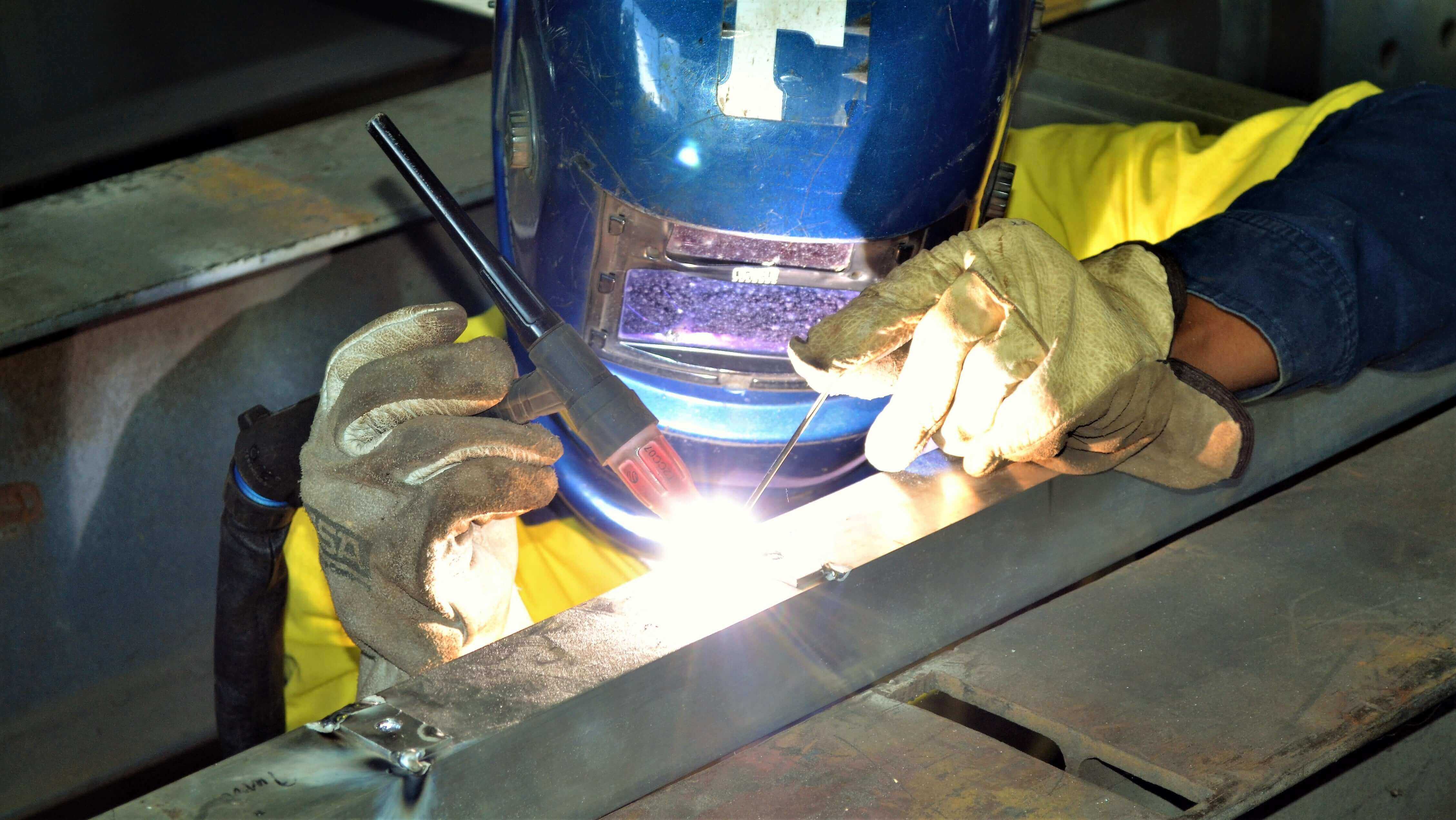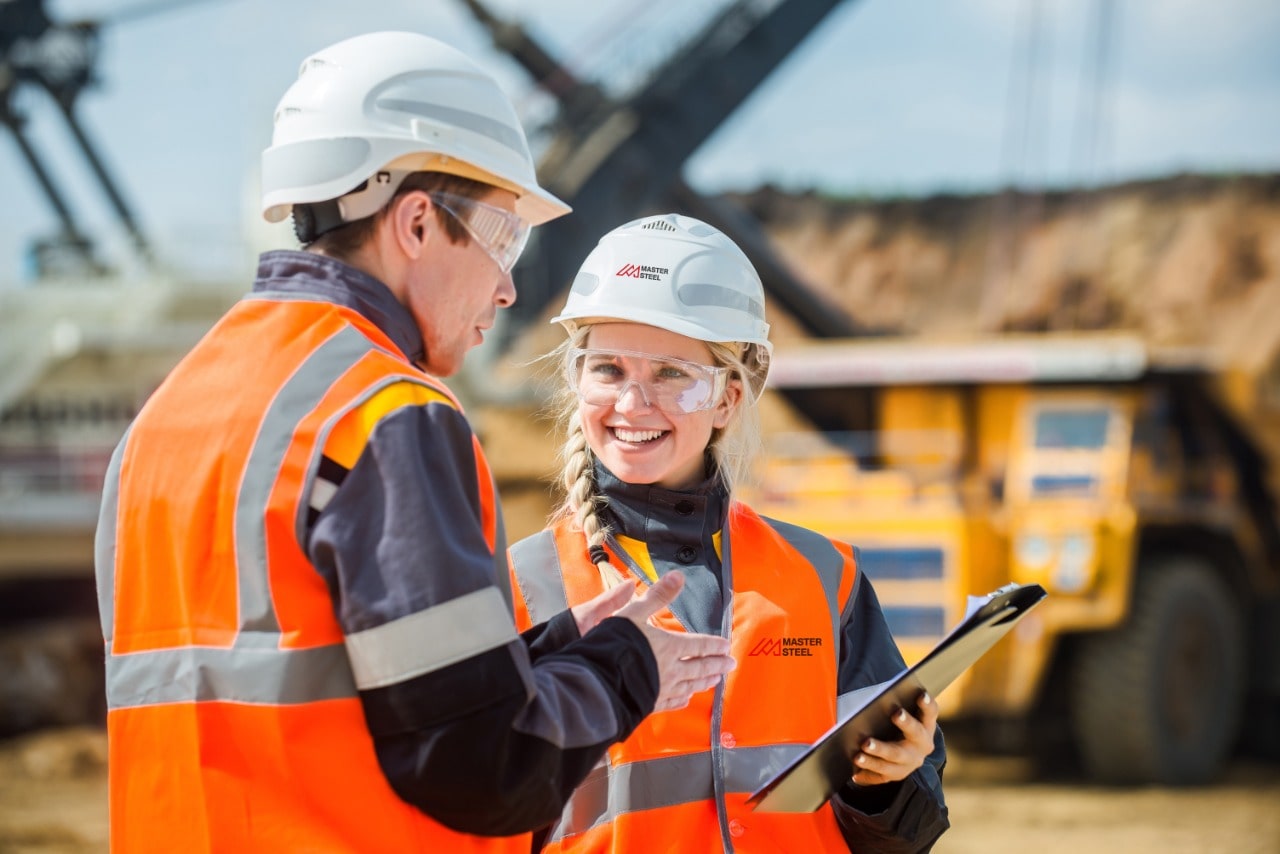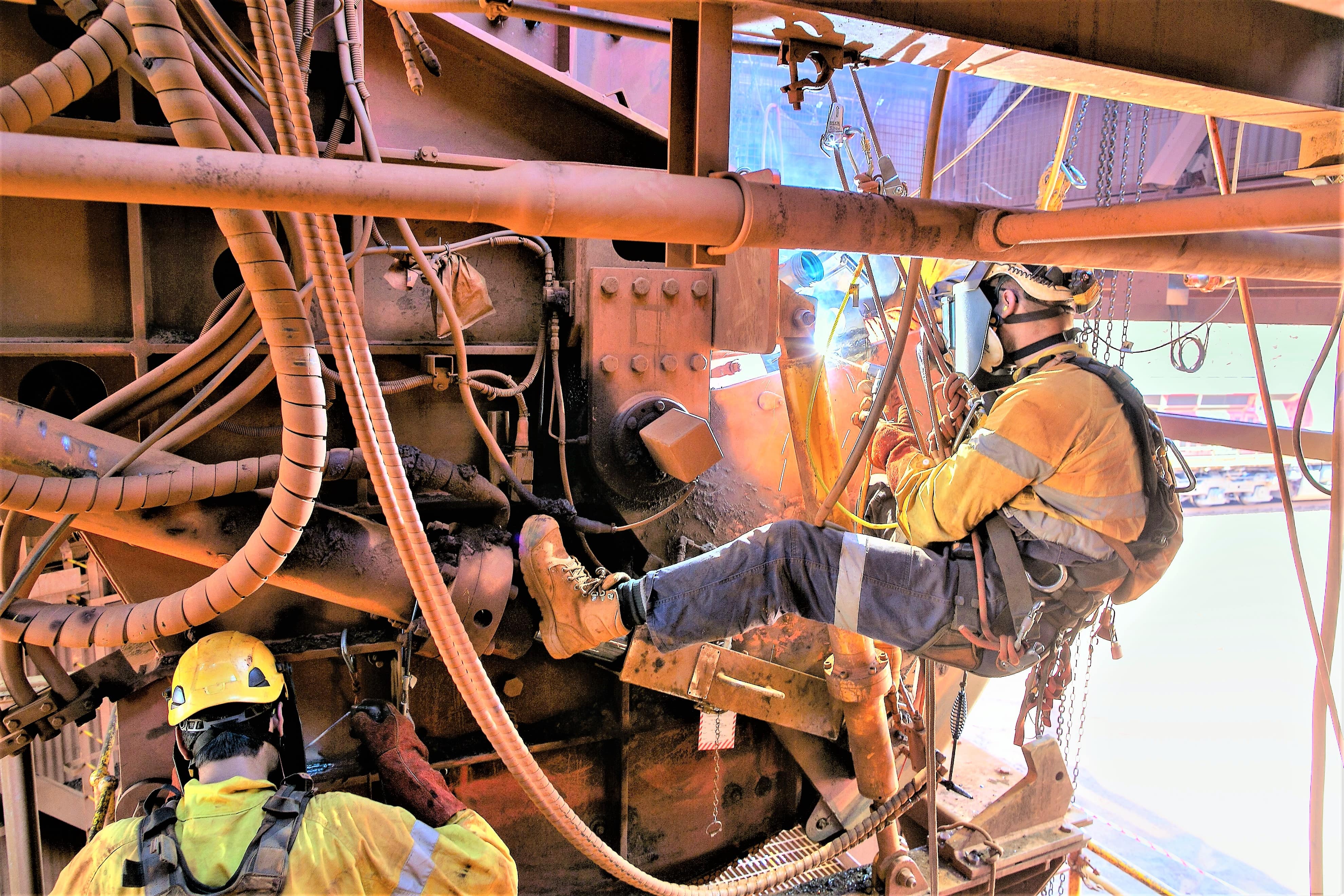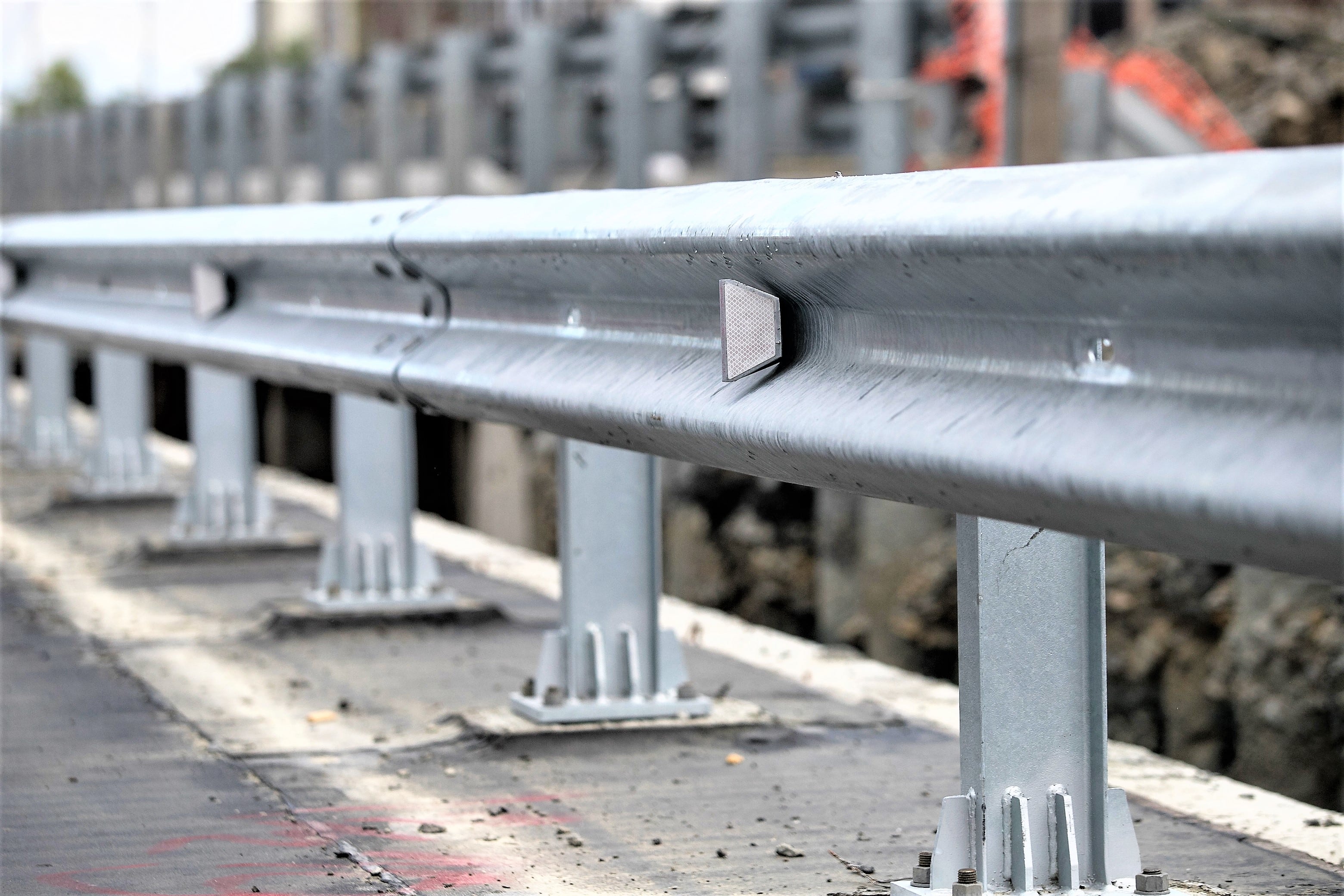Our Stainless Steel Fabrication Services

Steel Component Fabrication
Size doesn’t matter to us. We manufacture steel components small and large. What is common about the steelwork we fabricate is the clients’ need for a high quality finished product and/or steel that is being used in a demanding application or business critical project.
To ensure the highest steel manufacturing standards, all our fabricators are fully Australian qualified and professional boilermakers with experience in projects of all sizes. All fabrication work is supervised by a Certified Welding Supervisor to AS 2214. And our entire manufacturing operation is supervised by a CPEng certified Engineering Manager to IOS 3834.




